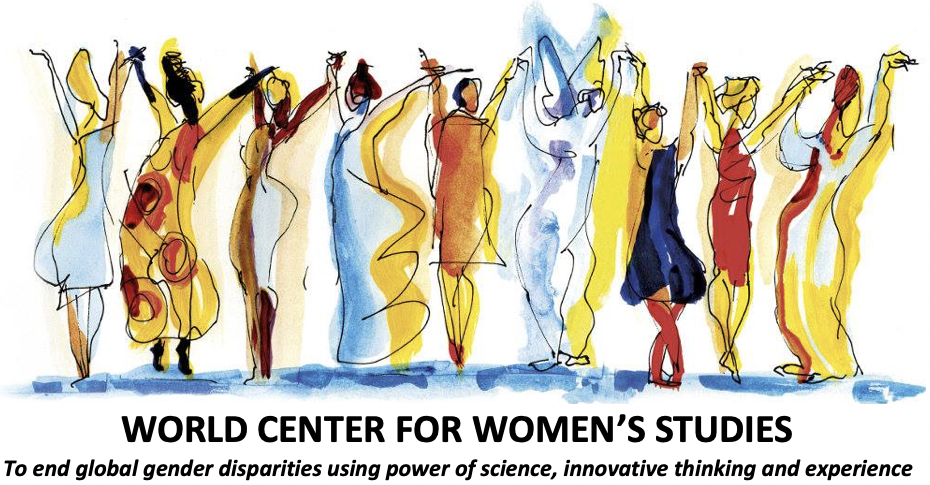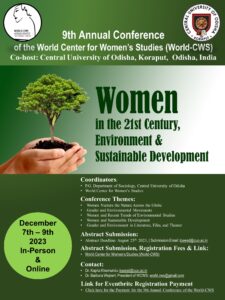By: Alisson Vera
Today, the environmental movement has gained traction in ways no one has ever seen. Just last year in September 2019, a call for global climate strikes led 6 million people to take to the streets and demand better climate change policy over the course of a week. The protests took place across 4,500 locations and 150 countries. The week-long protest originally arose as a part of the school strike climate movement, a movement started by then 15-year-old Greta Thunberg.
 Credit Brenton Geach/Gallo IMages via Getty Images
Credit Brenton Geach/Gallo IMages via Getty Images
Thunberg found her platform when she protested outside of the Riksdag in Sweden during school hours, demanding that the Swedish government reduce their carbon emissions in compliance with the Paris Agreement. Ever since, she has gained enormous traction in the environmental community. She’s gone on to give speeches at the UN Climate Change Conference, was awarded the International Children’s Peace Prize and was chosen as TIME’s Person of the Year in 2019. For many, she is one of the faces for the Environmental Movement.
Yet, one has to ask themselves how a white European child from Sweden, a place considered the world’s most sustainable country, became the face of a movement that most affects people of color in low-income areas.
The answer lies in the fact that the environmental movement has long been, and continues to be white-washed. Mariam-Webster defines white-washing as altering something in a way that favors, features or caters to white people. Many usually think of Hollywood using white people to portray people of color. However, the term very much applies to how the environmental movement has at times focused on the repercussions of climate change policy on wealthy and middle-class whites instead of on people of color who live in rural and poorer areas.
The Environmental Movement of the 1960s and the Civil Rights Movement while occurring at the same time, didn’t cross paths often. While there were early seeds of environmental justice being planted during the Civil Rights Era, much of the focus in the environmental movement was on beautifying and preserving nature for recreational use. For example, Lady Bird Johnson’s Highway Beautification Act of 1965 focused on making highways more pleasant so that they would appeal to drivers. When it came to pollution, American governments were more interested in protecting uninhabited land and preserving it for nature-lovers than they were tackling pollution in low-income areas.
The early Environmental Movement focused on pesticides affecting bald eagle populations, on oil spills destroying pristine waters, and making sure there was enough nature for recreational purposes and in doing so it left people of color out of it. This spurred a call for environmental justice, which calls for the fair treatment and involvement in the development, regulation and enforcement of environmental laws regardless of color, race, or income.
While people like Greta Thunberg are indeed making a difference and contributing to the conservation of environmental policies, she can’t be the only one. She has admitted that she is “one of the lucky ones” when it comes to how climate policy has affected her.
We cannot continue to allow the white-washing of the environmental movement when wealthy, developed nations like the United States emit large amounts of greenhouse gasses leaving developing nations to fend against the consequences of climate change. Not when communities of color have higher exposure rates to air pollution or when landfills and hazardous waste sites are often built in communities of color. And especially not when, six years later, Flint, MIchigan still doesn’t have clean water.

Credit Mari Copeny @LittleMissFlint
The voices that need to be amplified when advocating for climate change are those that belong to the people who will be most affected by it. Mari Copeny is known as “Little Miss Flint” and has been calling for action on the Flint water crisis since she was only 8-years-old. Rue Mapp founded Outdoor Afro because she wanted her community to develop a deeper connection with nature. Isra Hirsi co-founded the US Youth Climate Strike and advocates for more Muslim and Black youth to lead in the growing climate movement.
Communities of color and low-income neighborhoods need to be heard when it comes to discussing environmental laws and regulations. The Climate Clock is ticking and leaving us with only a handful of years to before reaching the irreversible global temperature increase. We have to have an unified environmental movement if we want to have a fighting chance.




